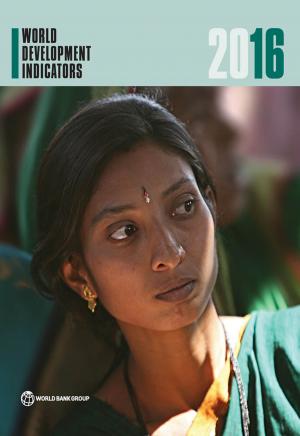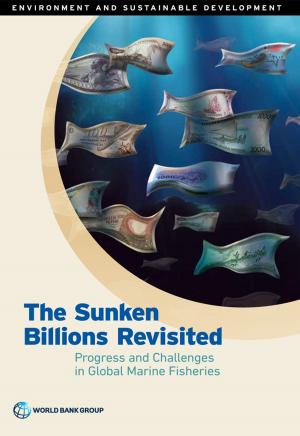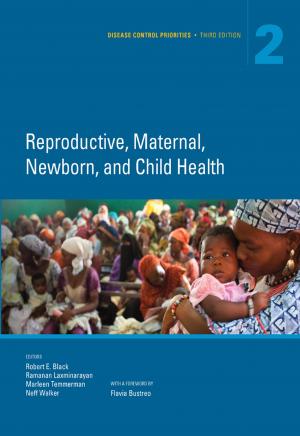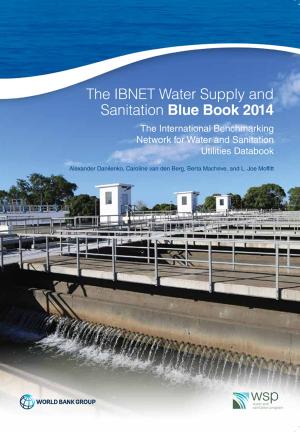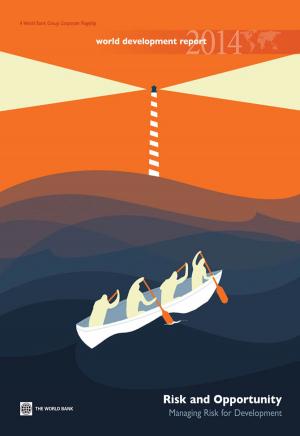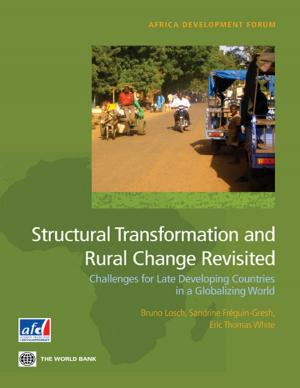The Changing Wealth of Nations 2018
Building a Sustainable Future
Business & Finance, Economics, Macroeconomics| Author: | ISBN: | 9781464810473 | |
| Publisher: | World Bank Publications | Publication: | January 30, 2018 |
| Imprint: | World Bank Publications | Language: | English |
| Author: | |
| ISBN: | 9781464810473 |
| Publisher: | World Bank Publications |
| Publication: | January 30, 2018 |
| Imprint: | World Bank Publications |
| Language: | English |
Countries regularly track gross domestic product (GDP) as an indicator of their economic progress, but not wealth—the assets such as infrastructure, forests, minerals, and human capital that produce GDP. In contrast, corporations routinely report on both their income and assets to assess their economic health and prospects for the future. Wealth accounts allow countries to take stock of their assets to monitor the sustainability of development, an urgent concern today for all countries. The Changing Wealth of Nations 2018: Building a Sustainable Future covers national wealth for 141 countries over 20 years (1995†“2014) as the sum of produced capital, 19 types of natural capital, net foreign assets, and human capital overall as well as by gender and type of employment. Great progress has been made in estimating wealth since the fi rst volume, Where Is the Wealth of Nations? Measuring Capital for the 21st Century, was published in 2006. New data substantially improve estimates of natural capital, and, for the fi rst time, human capital is measured by using household surveys to estimate lifetime earnings. The Changing Wealth of Nations 2018 begins with a review of global and regional trends in wealth over the past two decades and provides examples of how wealth accounts can be used for the analysis of development patterns. Several chapters discuss the new work on human capital and its application in development policy. The book then tackles elements of natural capital that are not yet fully incorporated in the wealth accounts: air pollution, marine fi sheries, and ecosystems. This book targets policy makers but will engage anyone committed to building a sustainable future for the planet.
Countries regularly track gross domestic product (GDP) as an indicator of their economic progress, but not wealth—the assets such as infrastructure, forests, minerals, and human capital that produce GDP. In contrast, corporations routinely report on both their income and assets to assess their economic health and prospects for the future. Wealth accounts allow countries to take stock of their assets to monitor the sustainability of development, an urgent concern today for all countries. The Changing Wealth of Nations 2018: Building a Sustainable Future covers national wealth for 141 countries over 20 years (1995†“2014) as the sum of produced capital, 19 types of natural capital, net foreign assets, and human capital overall as well as by gender and type of employment. Great progress has been made in estimating wealth since the fi rst volume, Where Is the Wealth of Nations? Measuring Capital for the 21st Century, was published in 2006. New data substantially improve estimates of natural capital, and, for the fi rst time, human capital is measured by using household surveys to estimate lifetime earnings. The Changing Wealth of Nations 2018 begins with a review of global and regional trends in wealth over the past two decades and provides examples of how wealth accounts can be used for the analysis of development patterns. Several chapters discuss the new work on human capital and its application in development policy. The book then tackles elements of natural capital that are not yet fully incorporated in the wealth accounts: air pollution, marine fi sheries, and ecosystems. This book targets policy makers but will engage anyone committed to building a sustainable future for the planet.

